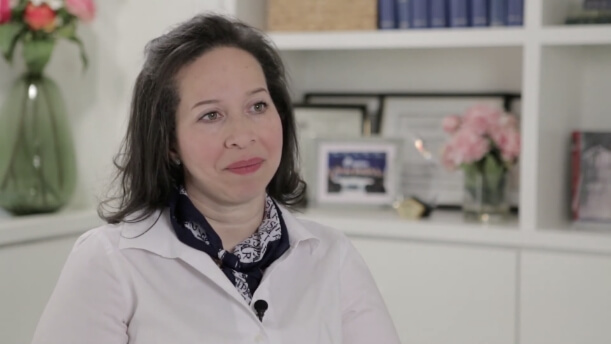
Mammogram: the Gold Standard in Preventive Care
Mammography is a specialized imaging system that uses low-dose x-rays to detect and diagnose breast cancer in its earliest stages when it is most treatable. Before the discovery of x-ray technology, most breast tumors could be detected only when they were large enough to be felt. Over many decades, advances in breast imaging have made it more effective and more efficient, reducing the radiation dose and providing greater contrast that makes it easier to ‘see’ through breast tissue and detect abnormalities. Regular, high-quality mammograms, along with clinical breast examination, remain the gold standard in screening for breast cancer.
The groundwork for mammography was laid in 1913, just eighteen years after the discovery of x-rays, when Albert Salomon, a German surgeon, used simple radiography to examine 3,000 mastectomy specimens. He was able to show the spread of cancer cells to the axillary lymph nodes and distinguish between invasive and contained carcinoma. From the 1920s on, research in the United States and elsewhere continued to make the procedure more accurate, including the development of the technique of compressing the breast to improve image quality. In the 1950s, mammography began to be used as a screening tool for healthy women and by the 1960s the procedure had become widespread. The first large-scale study in the mid-1960s showed that mammography reduced deaths from breast cancer by one-third for women who underwent screening mammography.
In the 1960s, mammography still used general purpose x-rays and captured images that were low in contrast, much like chest x-rays. Since then, we’ve seen significant advances, first with high-definition intensifying screens that produced sharper film images and, in 2000, the first FDA-approved digital mammography system, which eliminated film and enabled us to store images on a computer, magnify them, and correct them for over- or under-exposure. The future promises widespread use of three-dimensional imaging, also known as tomosynthesis, which was approved by the FDA in 2011 and allows us to examine the breast layer-by-layer instead of as a flat image.
Screening and Diagnostic Mammograms
Screening mammograms are used to check for cancer in women who have no symptoms. In addition to detecting tumors that are too small to be felt, they can detect tiny deposits of calcium that might indicate the presence of cancer. Diagnostic mammograms are used to evaluate women who have had symptoms such as a lump or nipple discharge. They involve more images from different angles and might also be used to obtain more information after an abnormal finding on a screening mammogram.
Risks and Limitations of Mammograms
There is little risk from radiation exposure. Modern x-ray machines use the lowest possible dose of radiation to produce the best possible image and are carefully regulated to ensure compliance. The primary risk of mammography is a false positive result which might require additional mammograms, ultrasound, or biopsy that will ultimately determine that no cancer is present. The primary limitation is a false negative, in which the mammogram is normal even though cancer is present. According to the National Cancer Institute, screening mammograms miss about 20% of cancers, often in women who have dense breast tissue, which makes tumors harder to detect. Breast implants can also make mammograms harder to read and tumors harder to detect.
Who should have a mammogram?
Many medical organizations have issued guidelines for screening mammograms and while there is some variation among them, the most consistent view is that from age 40 to 55, women should have a mammogram every year, after which they should have one every two years and continue as long as they are in good health and can be expected to live ten years or more.
Guidelines pertain to healthy women with no symptoms who are not at high risk for breast cancer. Those who have risk factors such as personal or family history or genetic mutation should be monitored more closely and talk with their doctors about additional testing as well as frequency of mammograms. And every woman should know how her own breasts normally look and feel and report any changes to her doctor. The combination of regular self-exams, check-ups, and screening mammograms provides the best opportunity for finding problems early and treating them successfully.


